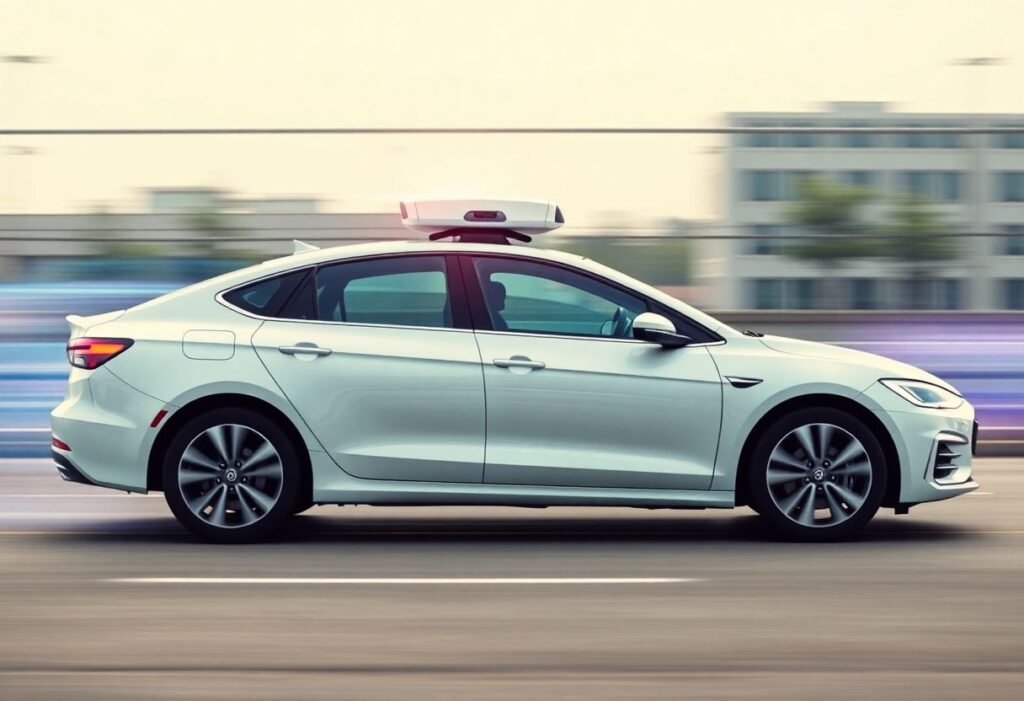The emergence of self-driving cars is revolutionizing the automotive industry and reshaping various business sectors, notably insurance. Analyzing the impact of autonomous vehicles on insurance models reflects a significant evolution in risk assessment and policy development. As this innovative technology gains traction, understanding these changes is essential for stakeholders.
The Evolution of Insurance Models with Autonomous Vehicles
With the rise of self-driving cars, traditional insurance models are being challenged and redefined. Insurers are now faced with the task of adapting their policies to account for new risks associated with autonomous technologies. This evolution means insurers must consider factors such as vehicle-to-vehicle communication and enhanced safety features that self-driving cars offer. Data analytics plays a pivotal role, enabling companies to assess risk more accurately through real-time information, resulting in more tailored and equitable pricing structures for consumers.
The Role of Liability in Autonomous Driving
A crucial aspect of insuring self-driving vehicles involves determining liability in the event of an accident. In scenarios where autonomous technology fails, traditional liability frameworks may not apply. Insurers are exploring how to distribute liability between the manufacturers, software providers, and car owners. This complexity necessitates an innovative approach, as companies must redefine their legal responsibilities. Your liability coverage may significantly differ from conventional policies, requiring clear communication from insurers about new risks and responsibilities.
Impact on Premium Pricing and Coverage
The introduction of autonomous vehicles is expected to lead to lower accident rates, which, in theory, could decrease insurance premiums. However, the initial costs of self-driving cars and the technology that comes with them may impact premium calculations. Insurers need to balance between the potential reduction in claims due to safer vehicles and the progressive introduction of advanced technology. As a result, premium pricing strategies are being rethought to remain competitive while ensuring profitability.
The Data-Driven Future of Insurance
Self-driving cars will produce vast amounts of data that can reshape insurance landscapes. Insurers are exploiting this data to enhance their underwriting processes and risk assessments. Utilizing information from vehicle sensors and telematics, companies can better understand driving behavior and potential risks involved with autonomous vehicles. This approach emphasizes data-driven decisions, leading to more efficient claims management and personalized insurance policies.
Challenges for Insurers Adaptation
As insurers transition to accommodate autonomous vehicles, they also face several challenges, ranging from regulatory implications to market expectations. The rapid evolution of technology requires insurers to stay ahead of legislative developments that could impact their operations. Furthermore, educating consumers about the benefits and changes in policy structure is vital for acceptance. Insurers must overcome adaptation challenges to effectively market their offerings in this new landscape.
The Broader Implications for the Insurance Industry
The rise of self-driving cars heralds a transformative era not just for consumers but for the entire insurance industry. With each innovation, insurers must remain flexible and ready to adapt to the changes brought by advanced technology while accompanied by creative strategies for evaluation, pricing, and customer engagement. While the future may seem uncertain, the integration of autonomous vehicles into daily life presents avenues for unexpected growth and improvement in insurance practices.





















